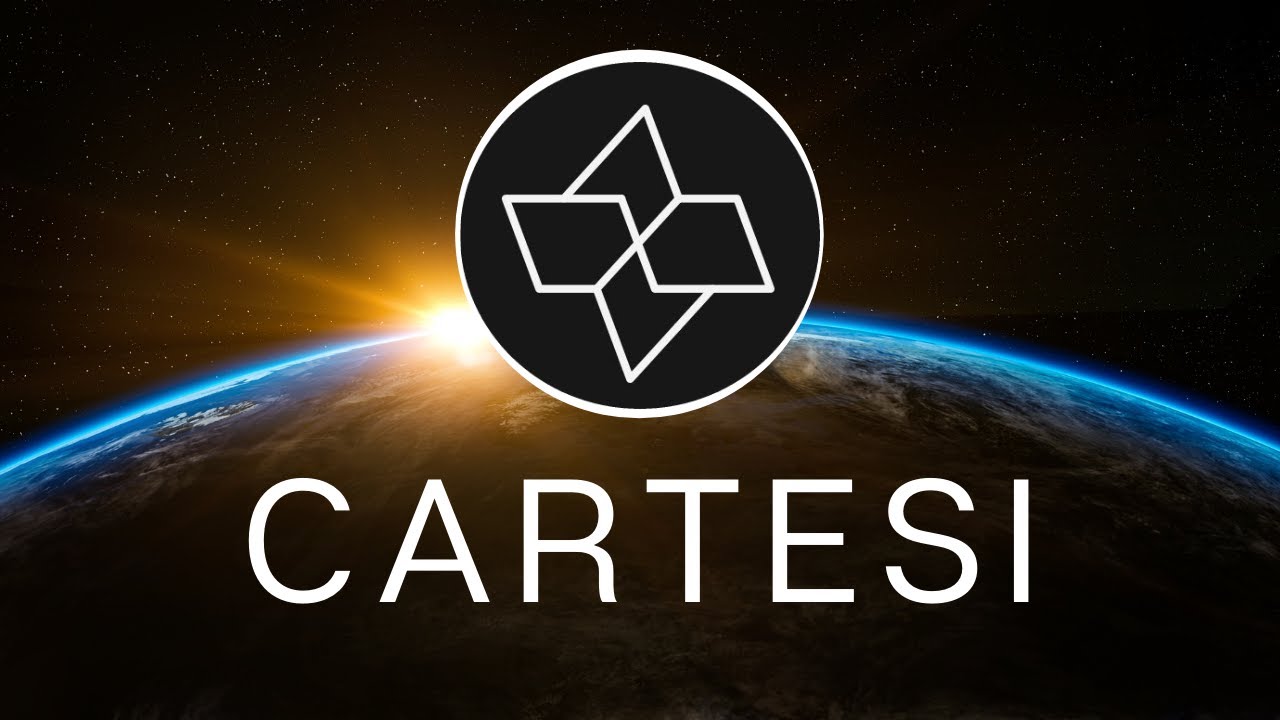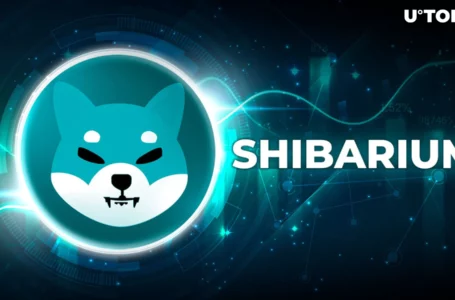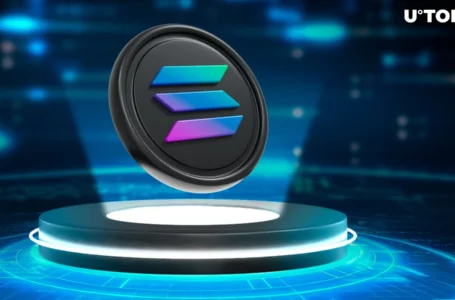
Cartesi (CTSI) is a next-gen smart contract programming system, sidechain, and cryptocurrency. The project incorporates a variety of new technology with the goal to bridge the gap between Linux’s flexibility and blockchain’s security. In this way, Cartesi is designed to support next-level Dapps by providing access to massive processing power and industrial-grade programmability.
History of Cartesi (CTSI)
Cartesi (CTSI) was founded by Augusto Teixeira, Colin Steil, Diego Nehab, Erick de Moura, and Marco Mirabella. The platform entered the market in 2018 and is based out of Singapore. Notably, Cartesi has expanded its ecosystem consistently since its launch.
What Problems Does Cartesi (CTSI) Solve?
Cartesi (CTSI) seeks to provide developers with a more streamlined approach. The network has gone to great lengths to remove all technical barriers to adoption. Users can create a vast array of decentralized applications to suit their needs using the dashboard. The system also supports the integration of all top DeFi features and services.
Programmability Issues
One of the main issues that Cartesi (CTSI) tackles head-on is blockchain programming limitations. Every blockchain has some form of limitation that is due to its technical structure. Using Cartesi, developers can combine existing components to build improved blockchain applications. Specifically, developers can build and monitor smart contracts with mainstream software stacks.
Notably, enabling developers to build Dapps on popular software stacks such as the Linux OS introduces many advantages. For one, programmers gain access to thousands of open-source software components available for these languages. Additionally, they can use these stacks to build their Dapps on their favorite blockchain, or even across multiple networks. In this way, blockchain applications can be coded with ease.
Scalability Concerns
Scalability was a prime concern for the developers. Cartesi (CTSI) improves on the scalability limits of Ethereum. The protocol enables a high TPS rate that exceeds mainstream payment platforms such as VISA. Specifically, Cartesi introduces million-fold computational scalability to the equation. The protocol can handle data and large files without bogging down, unlike most blockchains. It can also execute massive computational tasks off-chain via the Linux virtual machine (LVM).
Benefits of Cartesi (CTSI)
Cartesi (CTSI) is a centralized sidechain development system. The network leverages blockchain technology to ensure that your applications execute in a responsive and secure manner. Here are some of the other top benefits gained when you join the network.
Low Fees
One of the main advantages of Cartesi (CTSI) is its ability to circumvent Gas fees. Currently, Ethereum has record-high fees due to network congestion. The problem with early PoW cryptocurrencies is that they are designed to increase their fees during congestion. Originally, this strategy was meant to limit spam posts. However, no one predicted the explosion of DeFi on the Ethereum blockchain.
Cartesi users enjoy low transaction costs as large portions of transactions can be conducted off-chain. The Linux Virtual Machine enables developers to take the most expensive computational requirements of their applications and shift them to a more affordable sidechain network. This data is then sent back to the blockchain to ensure full consensus is reached.
Security
One of the main advantages of Cartesi (CTSI) is its ability to leverage the security aspects of various blockchains. For example, Ethereum has high gas fees at this time, but it’s the second-largest blockchain in the world. As such, a developer could create a Dapp that only utilizes Ethereum to ensure all transactions remain verifiable and enforceable on-chain. As part of this strategy, Validators are incentivized to provide crucial security to the network.
Privacy
Cartesi (CTSI) provides developers with more privacy options than traditional networks. Developers can keep all sensitive data safely stored in an encrypted manner. The added privacy services enable developers to provide more functionality to the market.
Interoperability
Cartesi (CTSI) was built with interoperability in mind. The network continues to expand its ecosystem. Currently, Cartesi supports +20 wallets and exchanges. Users also enjoy a smoother investment experience as the platform also integrates some of the top tracking platforms such as Blockfolio.
How Does Cartesi (CTSI) Work
Cartesi (CTSI) combines a proprietary sidechain and other top-notch blockchain features to expand Dapp development in multiple ways. The protocol provides a Linux runtime environment for scalable blockchain Dapp development. As Linux is well-established in the market, more developers can venture into the blockchain sector without the need to learn new programming languages.
The Cartesi Machine
At the core of Cartesi (CTSI) is the Cartesi Virtual Machine (CVM). This protocol operates as a self-contained custom VM designed to integrate seamlessly into the market’s top blockchains. This strategy enables Cartesi developers to retain verifiability and achieve consensus across multiple networks.
Consensus
The Noether sidechain utilizes a hybrid Proof-of-Stake consensus mechanism to ensure validity. This system is optimized to work with the core technology of the Cartesi Machines. Proof-of-Stake (PoS) consensus systems provide more scalability than their PoW counterparts. Additionally, they enable regular users to earn passive rewards for securing the network.
Conclusion
Today, Cartesi (CTSI) provides the blockchain sector with much-needed relief. The technical aspects of the protocol provide a viable alternative to high fees and other technical limitations which have hindered large-scale adoption. As such, you can expect to hear a lot more from this project in the coming weeks as more developers learn of its benefits.



















